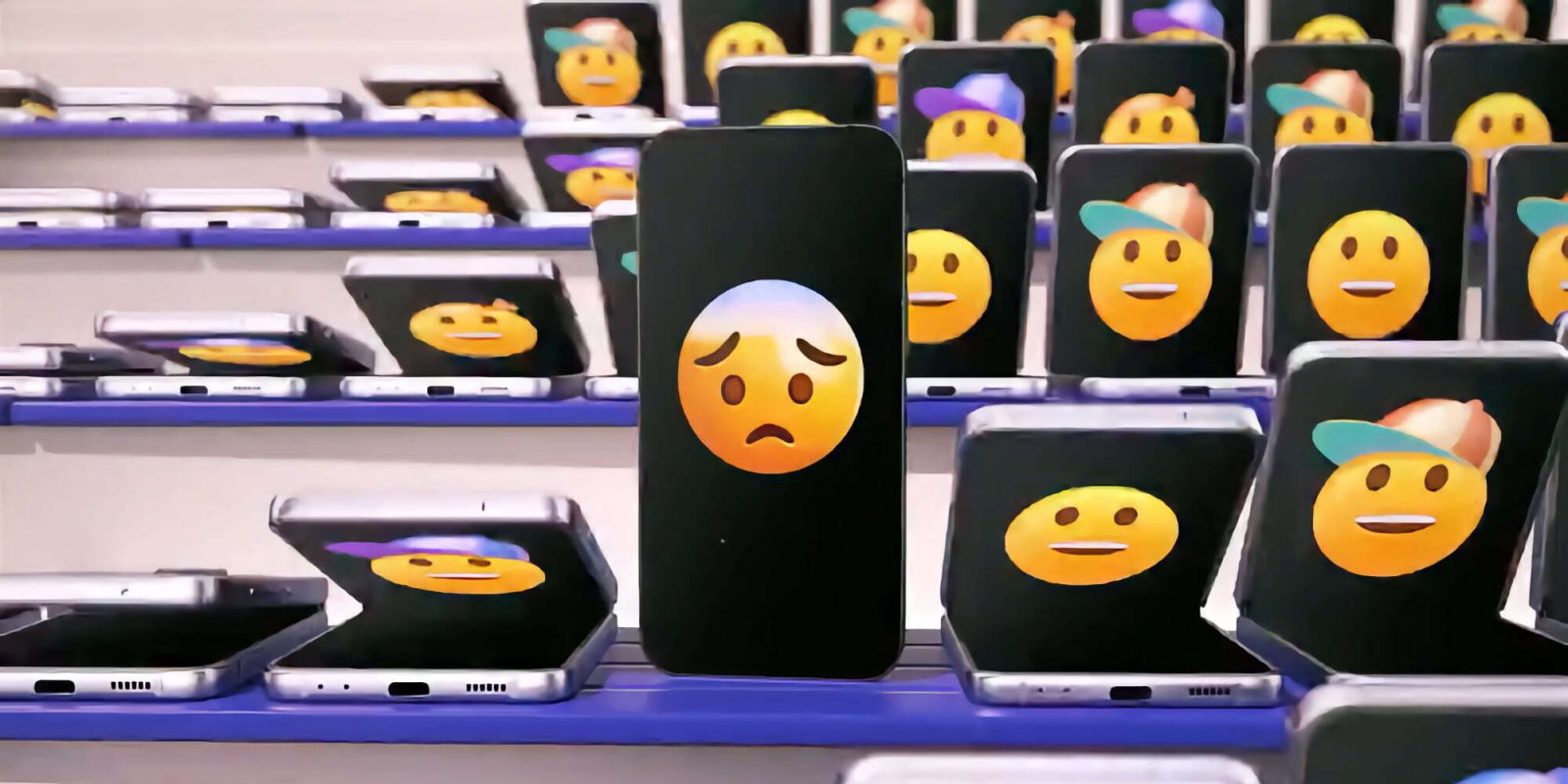
As Apple works towards developing its own screen technology for future products, a new report from The Information today explores the inner workings of the company’s relationship with Samsung. The report describes the relationship between Samsung and Apple as “tech’s unhappiest marriage” and includes numerous different anecdotes about the two companies.
The gist of the story is that Apple and Samsung are fierce competitors, but Apple is still undisputedly reliant on Samsung for the displays used in many of its products. Samsung and Apple are competitors in the flagship smartphone industry but have also battled it out in court several times over the years.
“Samsung so distrusts Apple that it bars Apple engineers from Samsung factories,” the report explains while citing “multiple former Apple employees.”
In one incident in 2017, Apple engineers flew to South Korea from the U.S. to meet with employees at Samsung’s display division but were told they weren’t welcome inside its facilities, including its office buildings, because Samsung had to protect its intellectual property around a screen technology known as organic light-emitting diodes, or OLEDs. Instead, Apple’s engineers were forced to speak with their Samsung counterparts remotely from their hotel rooms in South Korea, according to a former Apple employee briefed on the matter.
On other occasions, when Apple engineers sent Samsung questionnaires asking for more information about Samsung’s displays, Samsung returned the documents without a response other than the word “confidential” on them, according to two former Apple engineers.
Its prowess in screen technology and production gives Samsung more power in its relationship with Apple than most of Apple’s supply chain partners don’t have. In general, Apple suppliers have to take the “financial risk of storing and absorbing the cost of unneeded parts,” but that’s not the case for Samsung.
One former Apple employee remembers Samsung forcing Apple to take delivery of hundreds of thousands of additional MacBook displays several years ago even after Apple had cut its demand forecast for the product.
In a separate incident, Samsung shipped “millions of LCD displays to Foxconn” for the first Retina version of the iPad mini, but Apple “small imperfections” on the displays. Samsung refused to replace the screens, giving Apple “no choice but to use panels.”
“A similar incident happened several years later with MacBook displays, forcing Apple to hold up mass production until it could sort out the best-quality ones to use,” the report also says.
Apple has tried and failed many times over the years to ditch Samsung. One such attempt occurred when Apple had hoped to use microLED display technology instead of OLED in the iPhone X.
Initially, Apple hoped to use MicroLEDs rather than OLEDs on the iPhone X. While OLEDs allowed for better control of the overall image compared with LCDs, some executives within Apple disliked OLED displays as they were difficult to see in sunlight, according to a former Apple executive involved in discussions about Apple’s display road map.
After it bought LuxVue in 2014, Apple stacked the MicroLED project with top talent, many of whom held doctorates in areas such as physics, chemistry and electrical engineering. A year later, Apple bought a small display factory in Taiwan from Qualcomm to learn how to manufacture the displays.
The plan to use a MicroLED on the iPhone X never came to pass. Multiple people who have worked on the project say the high cost of manufacturing MicroLEDs, combined with how long the process takes and the high potential for defects, led to delays despite Apple’s best efforts over the years to overcome these hurdles.
As reported earlier by Bloomberg and analyst Ross Young, Apple is still working on microLED display technology. The company is working on designing screens itself, such that it ditch Samsung entirely.
The report from The Information is well worth a read and includes some other fascinating details on the relationship between Samsung and Apple.
FTC: We use income earning auto affiliate links. More.





Comments